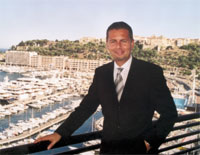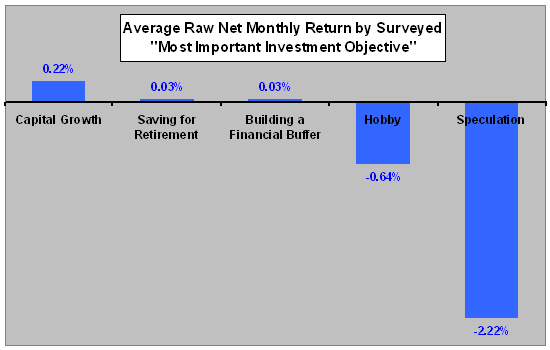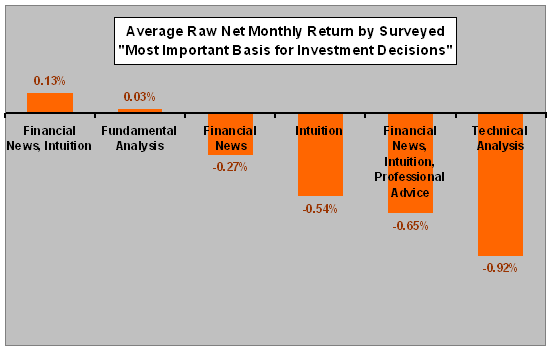spinola
Established member
- Messages
- 614
- Likes
- 138
Its peeing down with rain where I am, I looked out my kitchen window and can see about 30 men training in the rain to play football.
These footballers are amateurs , yet they still practice in the rain for hours at the weekend and some nights during the week.
I wonder how much time they need to practice in order to compete with PROFESSIONALS ?
Is it the same recognition of the need to have the resource of availability to practice with trading, in order for one to compete with professionals ?
I mean these amateur football/soccer players put in 20-30 odd hours a week as AMATEURS ? So anyone with professional ambitions in their pursuits, should they make available more time to dedicate to their goals , to become expert, so as they can " begin " to compete with others ?
Is that important ?
These footballers are amateurs , yet they still practice in the rain for hours at the weekend and some nights during the week.
I wonder how much time they need to practice in order to compete with PROFESSIONALS ?
Is it the same recognition of the need to have the resource of availability to practice with trading, in order for one to compete with professionals ?
I mean these amateur football/soccer players put in 20-30 odd hours a week as AMATEURS ? So anyone with professional ambitions in their pursuits, should they make available more time to dedicate to their goals , to become expert, so as they can " begin " to compete with others ?
Is that important ?




